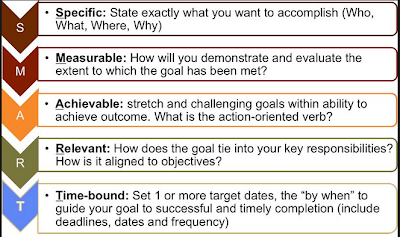"Problems are only opportunities in work clothes."
– Henry Kaiser
(American industrialist)
– Henry Kaiser
(American industrialist)
Problem solving is a key skill, and it's one that can make a
huge difference to your career. At work, problems are at the center of what
many people do every day. You're either solving a problem for a client
(internal or external), supporting those who are solving problems, or
discovering new problems to solve.
The problems you face can be large or small, simple or
complex, and easy or difficult to solve. Regardless of the nature of the
problems, a fundamental part of every manager's role is finding ways to solve
them. So, being a confident problem solver is really important to your success.
Much of that confidence comes from having a good process to
use when approaching a problem. With one, you can solve problems quickly and
effectively. Without one, your solutions may be ineffective, or you'll get
stuck and do nothing, with sometimes painful consequences.
There are four basic steps in problem solving:
- Defining
the problem.
- Generating
alternatives.
- Evaluating
and selecting alternatives.
- Implementing solutions.
A very significant part of this involves making
sense of the complex situation in which the problem occurs, so that you can
pinpoint exactly what the problem is.
Defining the
Problem
The key to a good problem definition is ensuring that you
deal with the real problem – not its symptoms. For example, if performance in
your department is substandard, you might think the problem is with the
individuals submitting work. However, if you look a bit deeper, the real
problem might be a lack of training, or an unreasonable workload.
Tools like why-why analysis, root cause analysis help you ask the right questions, and work through the
layers of a problem to uncover what's really going on.
At this stage, it's also important to ensure that you look
at the issue from a variety of perspectives. If you commit yourself too early,
you can end up with a problem statement that's really a solution instead. For
example, consider this problem statement: "We have to find a way of
disciplining of people who do substandard work." This doesn't allow you
the opportunity of discovering the real reasons for under-performance.
Understanding
Complexity
When your problem is simple, the solution is usually
obvious, and you don't need to follow the four steps we outlined earlier. So it
follows that when you're taking this more formal approach, your problem is
likely to be complex and difficult to understand, because there's a web of
interrelated issues.
The good news is that there are numerous tools you can use
to make sense of this tangled mess! Many of these help you create a clear
visual representation of the situation, so that you can better understand
what's going on.
Problem-Solving
Processes
Simplex involves
an eight-stage process: problem finding, fact finding, defining the problem,
idea finding, selecting and evaluating, planning, selling the idea, and acting.
These steps build upon the basic process described earlier, and they create a
cycle of problem finding and solving that will continually improve your
organization.
Appreciative Inquiry takes a uniquely positive approach by helping you solve
problems by examining what's working well in the areas surrounding them.





.jpg)












